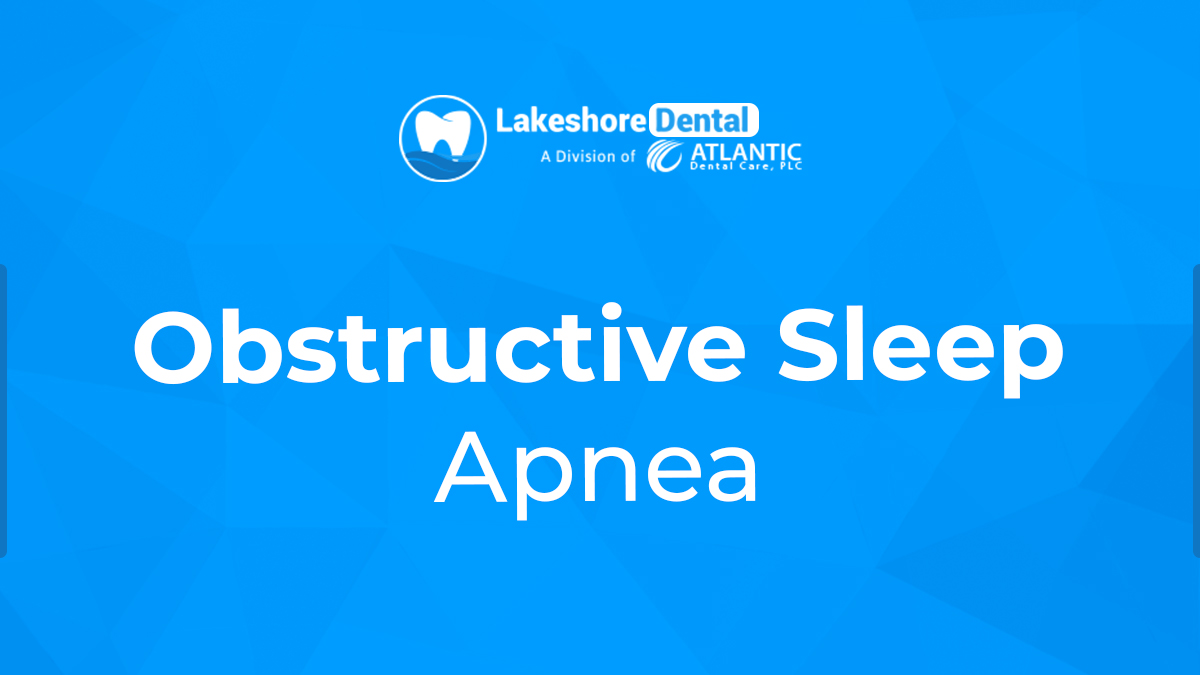
Welcome to our comprehensive guide on obstructive sleep apnea (OSA). In this article, we will delve into the intricacies of this prevalent sleep disorder that affects millions of individuals worldwide. Our goal is to provide you with a detailed understanding of OSA, its causes, symptoms, and the most effective treatment options available.
What is Obstructive Sleep Apnea?
Obstructive sleep apnea is a potentially serious sleep disorder characterized by repeated interruptions in breathing during sleep. These interruptions, known as apneas, occur when the muscles at the back of the throat fail to keep the airway open, causing brief but frequent cessations in breathing.
Causes of Obstructive Sleep Apnea
OSA can be attributed to several underlying factors, including:
1. Excess weight
Obesity is a leading cause of OSA. The accumulation of fatty tissues around the upper airway can lead to its collapse during sleep, obstructing normal airflow.
2. Structural abnormalities
Some individuals may have inherent structural abnormalities in the throat or face, such as enlarged tonsils or a narrow airway, which increase the risk of OSA.
3. Age and gender
Advancing age and gender play a significant role in OSA development. Men are more prone to OSA than women, and the risk increases with age.
4. Family history
A family history of sleep apnea can increase an individual’s susceptibility to the disorder, suggesting a genetic component.
Recognizing the symptoms
1. Loud snoring
One of the most common and noticeable symptoms of OSA is loud and persistent snoring.
2. Excessive daytime fatigue
Due to disrupted sleep patterns, individuals with OSA often experience extreme daytime fatigue, leading to decreased alertness and productivity.
3. Pauses in breathing
Witnessed apneas during sleep, where the individual stops breathing for several seconds, are a telltale sign of OSA.
Treatment for Obstructive Sleep Apnea
Treatment for Obstructive Sleep Apnea (OSA) typically varies based on the severity of the condition and individual factors. Here are some common treatment options:
Lifestyle modifications:
- Weight loss: If excess weight is a contributing factor, losing weight through a balanced diet and regular exercise can help reduce the severity of OSA.
- Avoiding alcohol and sedatives: These substances can relax the throat muscles, increasing the risk of airway blockage during sleep.
- Sleep position: Sleeping on your side rather than your back can prevent the tongue and soft palate from collapsing to the back of the throat.
Continuous Positive Airway Pressure (CPAP):
CPAP therapy involves using a machine that delivers a continuous stream of air through a mask worn over the nose or mouth.
The positive air pressure helps keep the airway open during sleep, preventing apneas and improving breathing.
Oral appliances:
Dental devices, also known as mandibular advancement devices (MADs) or tongue-retaining devices (TRDs), can be prescribed by a dentist.
These devices reposition the lower jaw and tongue to keep the airway open.
Surgical interventions:
Surgical options are considered for severe OSA or when other treatments are ineffective.
Common surgical procedures include uvulopalatopharyngoplasty (UPPP), genioglossus advancement (GA), and maxillomandibular advancement (MMA).
These surgeries aim to remove or reposition obstructive tissues in the throat or jaw to enlarge the airway.
Inspire therapy:
Inspire therapy is an implantable device that stimulates the hypoglossal nerve to prevent airway collapse during sleep.
This treatment is typically recommended for individuals who have not responded well to CPAP or other therapies.
Positional therapy:
For some individuals, OSA occurs primarily when sleeping in a certain position. Devices, such as positional alarms or special pillows, can help encourage sleeping in a non-supine position.
Medications:
Medications are not a primary treatment for OSA but may be used in some cases to alleviate symptoms. For example, medications that stimulate alertness may help combat daytime sleepiness.
Conclusion
In conclusion, obstructive sleep apnea is a complex sleep disorder that can have serious consequences if left untreated. By understanding its causes, recognizing its symptoms, and exploring the available treatment options, individuals can take proactive steps towards managing OSA and improving their quality of life. If you or a loved one suspect OSA, seeking professional medical advice and diagnosis is crucial for effective intervention.

